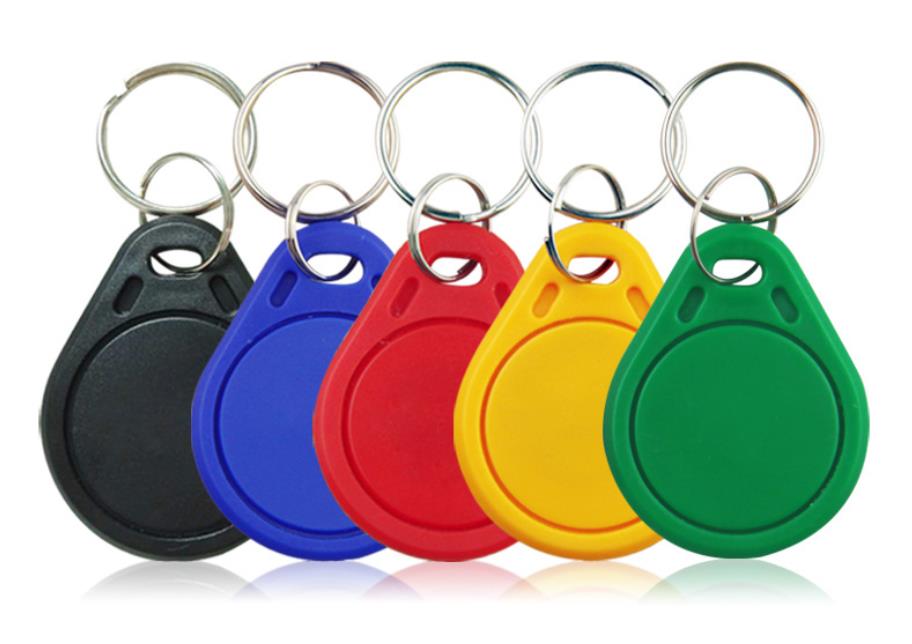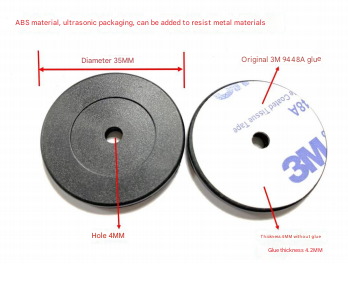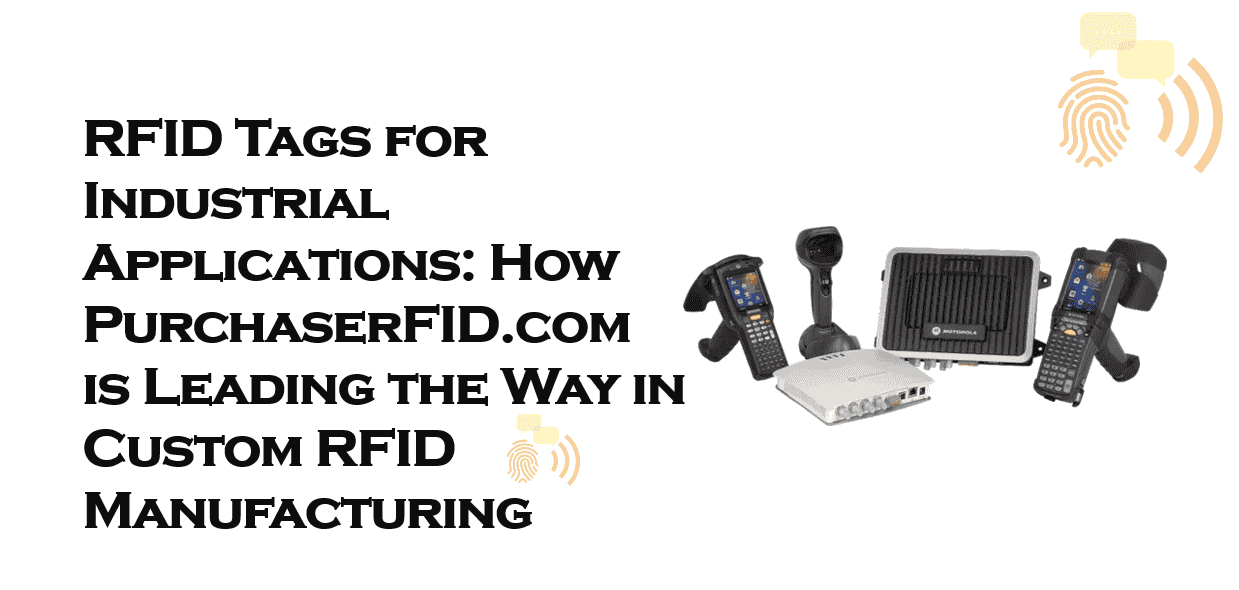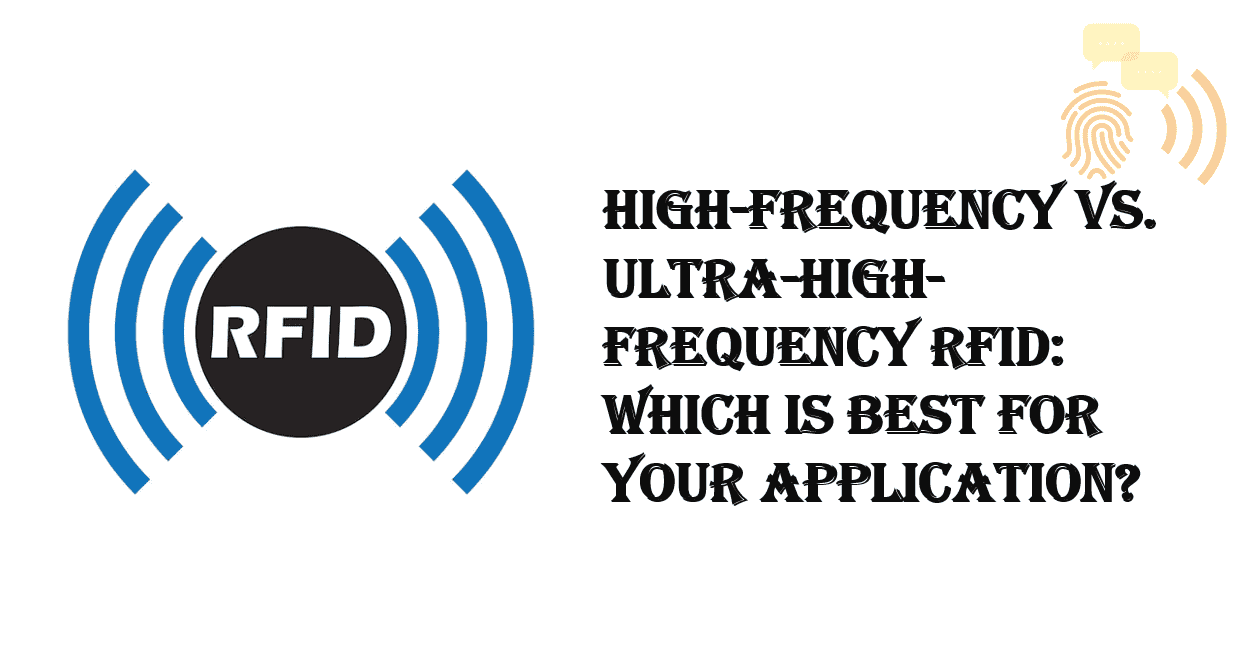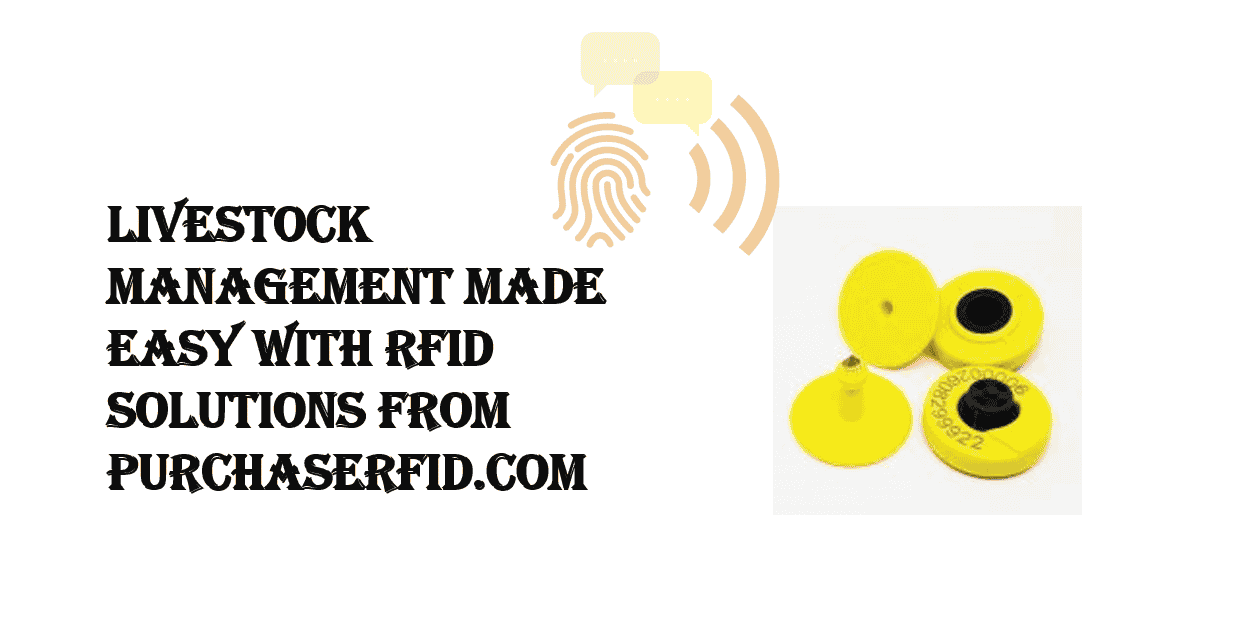The Role of RFID in Asset Tracking- How PurchaserFID Hardware Can Improve Your Asset Management Strategy
The Role of RFID in Asset Tracking: How PurchaserFID’s Hardware Can Improve Your Asset Management Strategy
In today’s fast-paced and technology-driven world, managing assets efficiently is crucial for businesses of all sizes. Whether you are tracking valuable inventory, equipment, or even personnel, the ability to pinpoint the location and status of assets in real-time can make a significant difference in operational efficiency and cost management. This is where Radio Frequency Identification (RFID) technology comes into play, offering businesses a streamlined solution for asset tracking.
In this article, we explore the pivotal role of RFID in asset management and how PurchaserFID’s cutting-edge hardware can revolutionize your asset management strategy.
Table of Contents
- Introduction
- What is RFID Technology?
- The Benefits of RFID in Asset Tracking
- Why PurchaserFID’s Hardware is Integral to Efficient Asset Management Systems
- Conclusion
What is RFID Technology?
Radio Frequency Identification (RFID) is a wireless communication technology that uses radio waves to transmit data between a reader and a tag attached to an object. RFID tags can be passive (without a battery) or active (with a battery to extend range and functionality). RFID systems operate by capturing and transmitting unique identification data that is stored on the tag, allowing businesses to automatically track the movement and status of assets.
RFID technology is becoming increasingly popular for asset management because it enables accurate, real-time tracking with minimal human intervention. This reduces errors, enhances productivity, and offers businesses the ability to make data-driven decisions.
The Benefits of RFID in Asset Tracking
- Real-Time Tracking and Visibility
One of the key benefits of RFID in asset tracking is the ability to monitor assets in real time. Traditional asset management systems often rely on manual data entry or barcode scanning, both of which can be time-consuming and prone to human error. With RFID, assets can be automatically scanned when they pass through checkpoints, offering instant visibility into their location and condition. This real-time data allows businesses to track assets more accurately, reducing the risk of misplaced or lost items.
- Increased Efficiency and Productivity
RFID enables businesses to automate many aspects of their asset management process, significantly increasing efficiency. With RFID readers strategically placed throughout a facility, assets can be tracked without the need for manual intervention. This means less time spent searching for assets or performing stock audits, allowing employees to focus on more critical tasks. The automation of asset tracking also helps reduce downtime and ensures that assets are available when needed.
- Improved Inventory Accuracy
RFID helps improve the accuracy of inventory counts by automating the tracking process. Since RFID tags are read remotely, without the need for line-of-sight, inventory data is collected with greater precision. This minimizes human error and discrepancies between actual stock levels and reported figures. Businesses can conduct real-time or periodic inventory checks quickly and accurately, leading to more reliable data for decision-making.
- Enhanced Security and Loss Prevention
RFID technology adds a layer of security to asset management. Tags can be programmed with unique identifiers, and each asset can be monitored for any unauthorized movement. RFID systems can trigger alarms if assets are removed from a designated area, helping to prevent theft or misplacement. Additionally, with the ability to track assets in real time, businesses can quickly identify when an asset has gone missing and take immediate action.
- Cost Savings and Return on Investment (ROI)
By reducing human error, improving asset visibility, and enhancing efficiency, RFID technology ultimately leads to cost savings. Businesses can eliminate the need for manual audits, reduce inventory loss, and improve asset utilization. In the long term, these improvements can result in a significant return on investment (ROI) as operations become more streamlined, and asset-related costs decrease.
Why PurchaserFID’s Hardware is Integral to Efficient Asset Management Systems
While RFID technology offers numerous benefits, the hardware used to implement it plays a crucial role in determining the effectiveness of an asset management system. PurchaserFID offers a range of high-quality RFID hardware that is designed to optimize asset tracking and ensure seamless integration into your existing systems.
- Advanced RFID Tags
PurchaserFID’s RFID tags are equipped with advanced features that ensure reliable asset tracking. These tags are designed to work efficiently in a variety of environments, from warehouses and factories to office spaces and retail locations. They can withstand extreme temperatures, humidity, and physical wear, ensuring durability even in challenging conditions. Additionally, PurchaserFID provides customizable tags that can be tailored to your specific asset management needs, making it easier to track assets across various sectors.
- High-Performance RFID Readers
The efficiency of RFID tracking relies heavily on the performance of the RFID readers. PurchaserFID’s RFID readers are designed to deliver fast and accurate scans, enabling real-time tracking of assets. With the ability to read multiple tags simultaneously, PurchaserFID’s readers minimize downtime and optimize the flow of assets through checkpoints. Whether you are managing a large warehouse or a complex supply chain, PurchaserFID’s RFID readers provide the performance and reliability you need.
- Scalability and Flexibility
PurchaserFID understands that businesses often require flexible and scalable solutions for their asset management needs. Their RFID hardware is designed to grow with your business. Whether you need a few RFID tags for a small operation or a large-scale system for enterprise-level tracking, PurchaserFID offers the scalability and customization necessary to accommodate your specific requirements.
- Seamless Integration with Existing Systems
PurchaserFID’s hardware is engineered to integrate seamlessly with your existing enterprise resource planning (ERP) or asset management software. This compatibility makes it easier to incorporate RFID technology into your current operations without disrupting workflows. The integration of RFID data with your asset management system allows for more informed decision-making and enhances overall operational efficiency.
- Robust Support and Training
PurchaserFID provides comprehensive support and training to ensure that your team can maximize the potential of RFID technology. From initial setup to ongoing maintenance, their customer service team is there to assist at every step of the way. This robust support system ensures that businesses can fully leverage RFID technology to improve their asset management strategy.
Conclusion
RFID technology has emerged as a game-changer in the world of asset tracking, offering businesses real-time visibility, increased accuracy, and enhanced security. PurchaserFID’s advanced RFID hardware plays a crucial role in optimizing these benefits, providing businesses with the tools they need to streamline their asset management processes. By integrating PurchaserFID’s hardware into your asset management strategy, you can improve efficiency, reduce costs, and increase the overall effectiveness of your operations. As businesses continue to embrace RFID technology, it is clear that companies like PurchaserFID are leading the way in driving innovation and enhancing asset management strategies for organizations across industries.
Related Products
Here are some relevant statistics and facts that could support and strengthen the article on RFID technology in asset tracking and the role of PurchaserFID's hardware:
1. RFID Market Growth
- Global RFID Market Size: The global RFID market is projected to grow from USD 10.1 billion in 2020 to USD 17.4 billion by 2025, with a CAGR of 11.3% during the forecast period (Source: MarketsandMarkets).
- Adoption Rate: According to a 2019 Zebra Technologies report, 90% of businesses already using RFID for asset tracking report improvements in visibility and control over their assets.
2. RFID Adoption in Asset Management
- RFID in Asset Management: According to VDC Research, RFID adoption in asset management is expected to increase by over 50% in the next 5 years, primarily due to its ability to reduce errors and improve operational efficiency.
- Industries Using RFID: In warehousing and logistics, RFID is expected to account for 30% of all inventory management solutions by 2023 (Source: Grand View Research).
3. Operational Efficiency and Cost Savings
- Inventory Accuracy: A study by the RFID Journal found that businesses using RFID experienced an average 96% accuracy rate in inventory management compared to just 70% with manual methods like barcodes.
- Time Savings: On average, businesses that implement RFID solutions report a 50-70% reduction in the time required for inventory counts and audits (Source: Zebra Technologies).
- Cost Reduction: A 2018 ABI Research study found that RFID can cut operational costs by up to 40% by reducing labor costs and improving asset utilization and inventory accuracy.
4. Security and Loss Prevention
- Theft Reduction: Businesses using RFID for asset tracking experience a 30-40% reduction in theft and misplacement of valuable items (Source: Retail Dive, 2017).
- Asset Recovery: According to a Deloitte report, companies with RFID-enabled asset management systems recover lost or misplaced assets 60-80% faster compared to businesses relying on traditional methods.
5. RFID Integration and Scalability
- Integration Success: A 2019 survey by the Aberdeen Group revealed that 83% of companies integrating RFID into their asset management systems saw an improvement in overall operational efficiency, with 70% reporting that RFID provided significant scalability for business growth.
6. Return on Investment (ROI)
- ROI on RFID: According to IDTechEx, businesses see an average ROI of 18-25% in the first year after implementing RFID solutions, thanks to lower labor costs, increased accuracy, and better asset utilization.
- Asset Utilization: A Gartner report found that RFID-enabled asset management systems lead to an increase in asset utilization rates by as much as 20% over the first three years of implementation.
7. RFID and Customer Satisfaction
- Improved Service: Businesses that use RFID technology report a 15-20% improvement in customer satisfaction, due to faster processing, reduced stockouts, and improved product availability (Source: Forrester Research).
8. RFID in Retail
- Retail Adoption: As of 2020, 85% of retailers in the U.S. are using RFID to track inventory, with 80% citing enhanced inventory visibility and efficiency as their primary reasons for adoption (Source: National Retail Federation).
